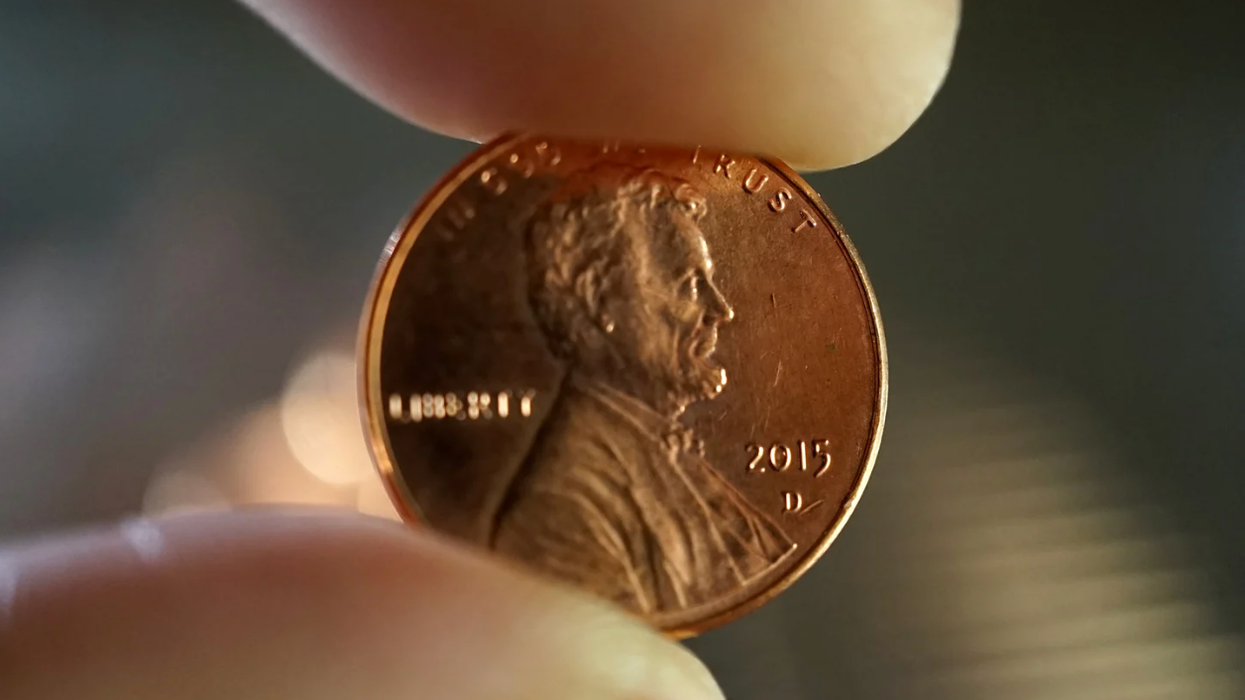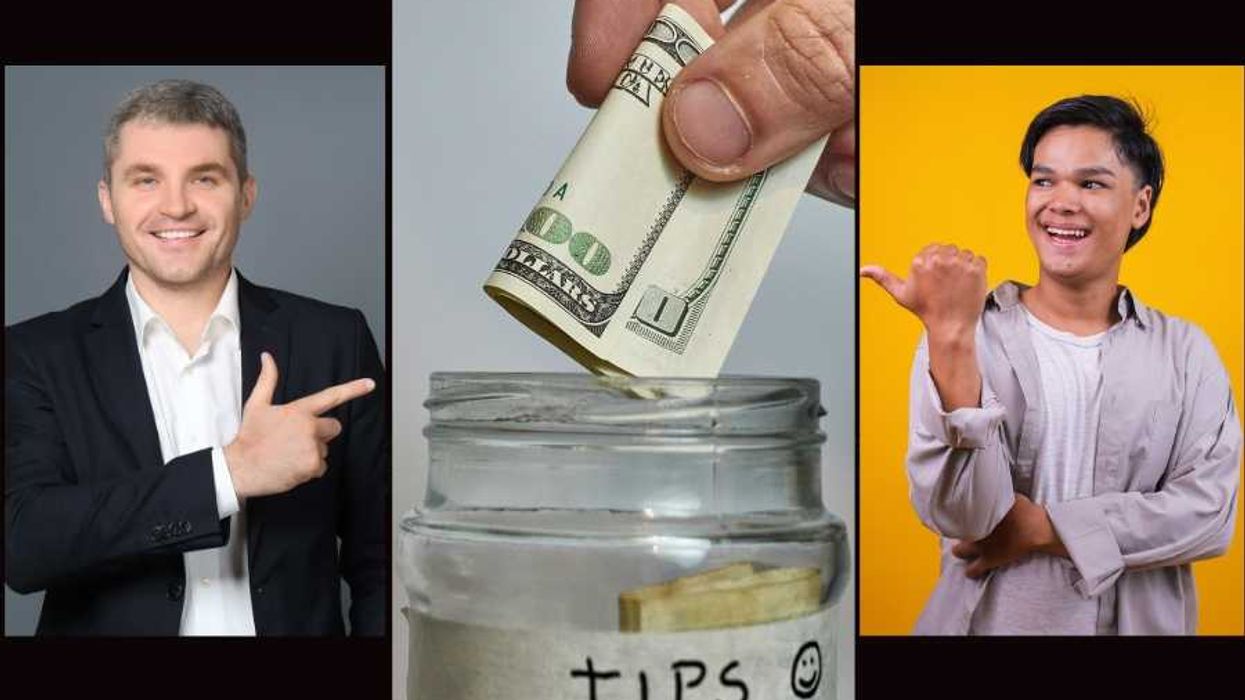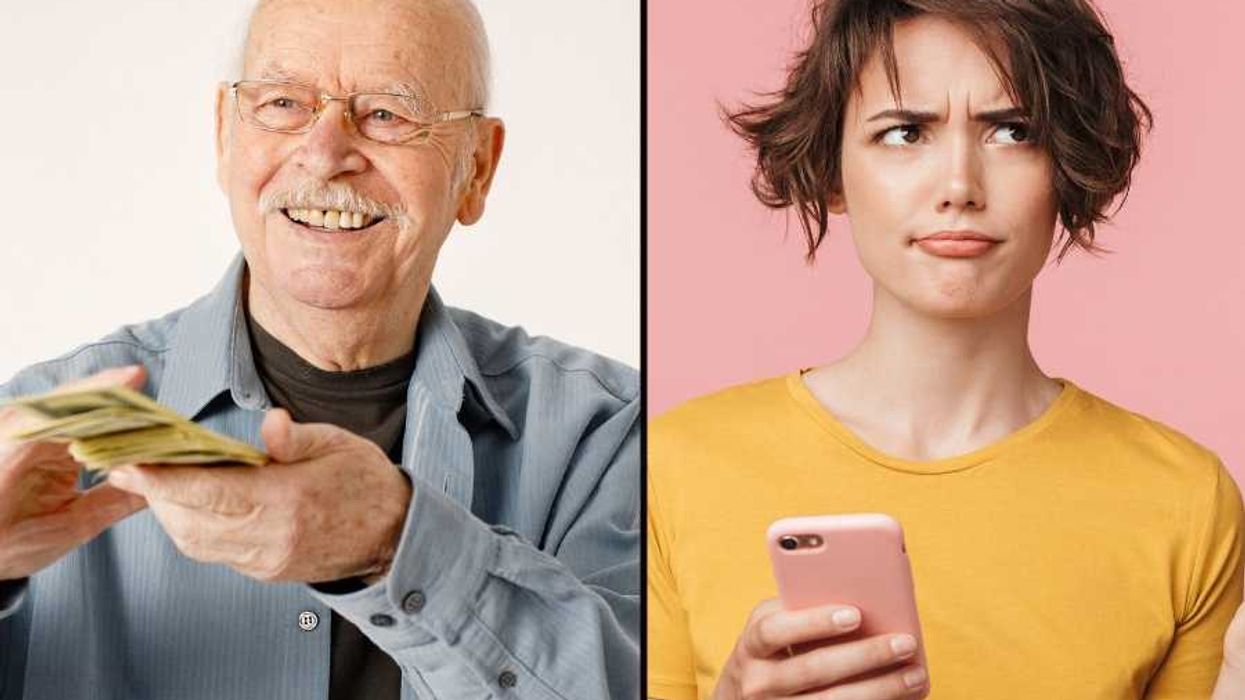Millions of people have learned to live with a bad tattoo. But what if your ink made you a pariah to the entire world and there was nothing you could do about it?
Dave Cutlip has made a good living inking beautiful works of art on people’s bodies from his shop Southside Tattoo outside Baltimore. But now he’s building a different kind of legacy: helping people remove or cover up tattoos they should never have gotten in the first place.
For some, it reflects a time in their past they’ve moved on from. For others, it’s a haunting reminder of survival, when getting a swastika inked onto your skin in prison could mean the difference between life and death.
“It started because someone came in and asked me to remove gang tattoos from their face,” Cutlip tells GOOD. “I could see the hurt. But to be honest, I couldn’t help them.”
Cutlip says he thought he couldn’t help because removing an unwanted tattoo is an expensive, time-consuming process. But after speaking to the man for 45 minutes, Cutlip says he was incredibly moved to learn how the man had gotten his tattoos in prison but had now served his time and become a “productive citizen” with a job, wife, and kids. “But while he’s on his job, people are following him around because he still kind of looks like a gangster.”
At the end of their conversation, Cutlip’s wife pulled him aside and insisted, “You can help people, Dave.”
HOW IT STARTED
[quote position="left" is_quote="true"]It immediately went viral. Three hours later, there were already 7,000 people who liked it.[/quote]
In January, Cutlip and his wife wrote a note and posted it to GoFundMe, a crowdfunding site. He figured if they raised enough money through friends and family, maybe he could afford the costs of helping that one guy and a few others get their unwanted racist and gang tattoos removed.
“It immediately went viral,” Cutlip says. “Three hours later, there were already 7,000 people who liked it. We never expected anything to go viral. I just figured it was going to be a couple people in Baltimore.”
By April, he’d already done 15 such cover-ups, and his wife’s crowdfunding page has raised more than $21,000. It’s a huge accomplishment, but Cutlip says he’d like to take the project further – setting an ambitious goal of $60,000 to launch a nonprofit of like-minded artists who could perform similar tattoo removals around the world.
HOW IT WORKS
[quote position="right" is_quote="true"]They themselves did the hard work.They actually made the decision to change.[/quote]
Removing an unwanted tattoo doesn’t necessarily mean erasing it in a traditional sense. In fact, Cutlip’s method is to cover up and conceal the unwanted tattoo with a preferable piece of artwork. Traditional laser tattoo removals are used when someone wants the ink removed permanently rather than replaced.
At first, Cutlip says, he started receiving donations of $5 to $10, which helped pay for needles and paper towels. But the total cost far exceeds that.
“For example, removing a baseball-sized swastika — you’re looking at $1,000-$2,000 to get it removed, minimum, with lasers,” Cutlip says.
Another woman had gotten a gang tattoo on her lower back when she was only 13. Years later, that tattoo had made her an outcast in her church. A local doctor estimated that removing the tattoo would require five to seven sessions at $500 per session.
Cutlip says these stories have taught him that rather than profiting from the tattoo removal process, he wants to help people who have already committed to a change.
“They themselves did the hard work,” he says. “They actually made the decision to change.”
FUTURE IMPACT
[quote position="left" is_quote="true"]I don’t believe they were racist to begin with. I believe they did what they had to survive.[/quote]
“It’s actually made me a better artist,” Cutlip says when I ask him what it’s like getting so much attention for removing tattoos. “I never thought something like that would come out of this.”
Though they are still actively trying to raise more funds, the Cutlips announced the opening of two new sister shops – one in Shelton, Connecticut, and another in Greece.
If the project continues to grow, Cutlip says he foresees a future in which his main job is overseeing the removal of unwanted tattoos, an undeniablly ironic shift for someone who has been creating unique art for a living.
“The media has asked me what is the most memorable removal I’ve worked on,” he says. “To be honest, they’ve all been that memorable. All of these people, I don’t believe they were racist to begin with. I believe they did what they had to survive at the place they were at that time in their life.”






















